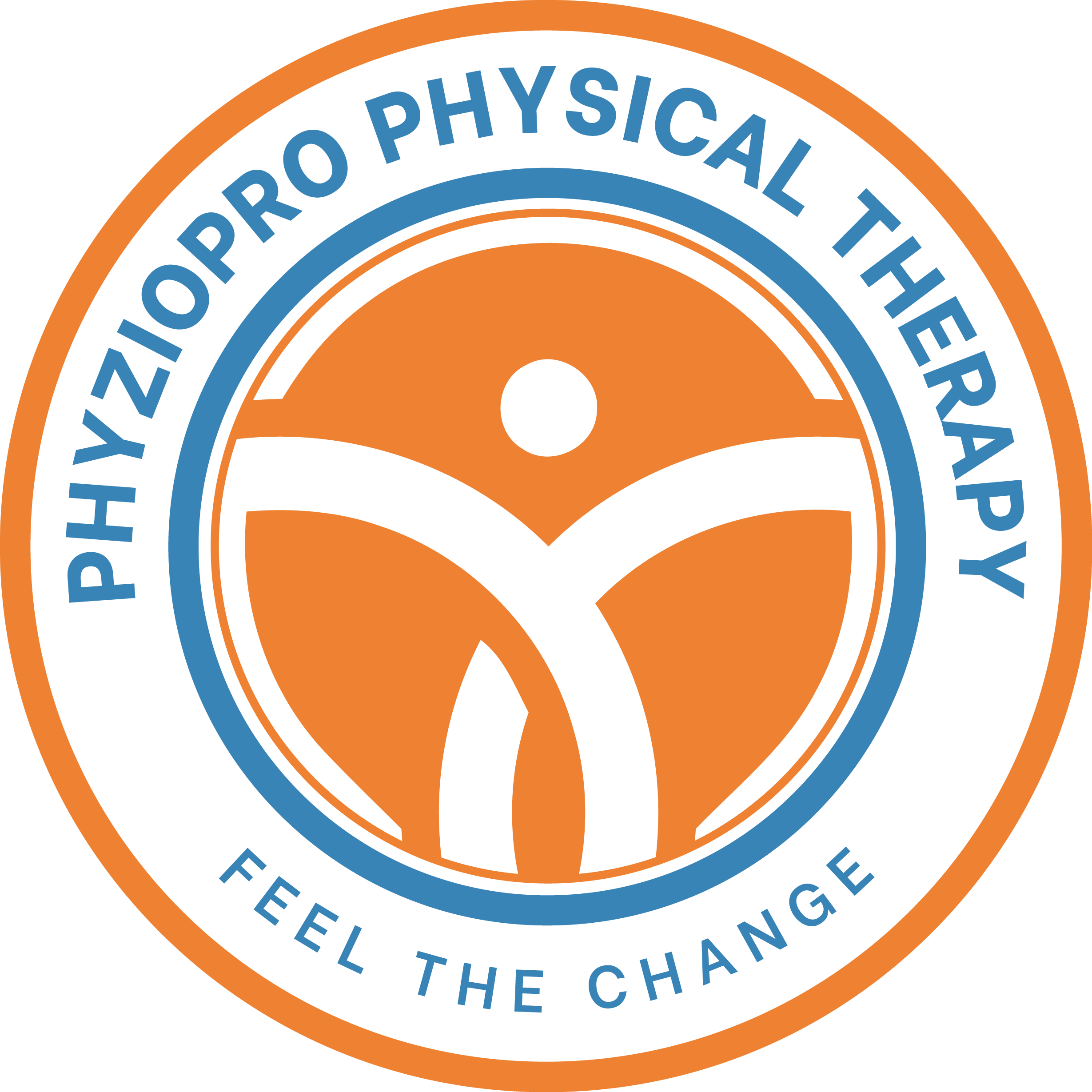POST-OPERATIVE KNEE, HIP, AND SHOULDER REPLACEMENT
Introduction:
Undergoing knee, hip, or shoulder replacement surgery marks the beginning of a transformative journey towards regaining mobility and embracing a new chapter of active living. In this blog post, we will explore the challenges and triumphs of the post-operative period, providing valuable insights, tips, and guidance to help individuals navigate their recovery, alleviate pain, and reclaim their quality of life.
Understanding the Recovery Process:
The recovery process following knee, hip, or shoulder replacement surgery requires patience and dedication. It is crucial to have a clear understanding of the expected timeline, the importance of following post-operative instructions, and the gradual progression of activities to ensure a successful outcome. Your healthcare team will play a vital role in guiding you through this journey.
Managing Pain and Discomfort:
Pain and discomfort are common during the post-operative period, but there are effective strategies to manage them. Your healthcare team may prescribe pain medications or recommend alternative methods such as ice packs, heat therapy, or transcutaneous electrical nerve stimulation (TENS). Additionally, following a physical therapy regimen and engaging in gentle exercises can help alleviate pain and promote healing.
Physical Therapy and Rehabilitation:
Physical therapy and rehabilitation are integral to the recovery process after knee, hip, or shoulder replacement surgery. Skilled physical therapists will design a personalized treatment plan that includes exercises to improve range of motion, strengthen surrounding muscles, and restore functional mobility. Adhering to the prescribed physical therapy regimen is crucial for achieving optimal outcomes and regaining independence.
Gradual Return to Activities:
As your recovery progresses, you will gradually regain the ability to perform daily activities. Your healthcare team will provide guidance on when it is safe to resume specific activities such as walking, driving, or participating in recreational sports. It is important to follow their instructions and listen to your body, gradually increasing the intensity and duration of activities to prevent complications and ensure a successful recovery.
Embracing a New Chapter:
Post-operative knee, hip, and shoulder replacement surgeries provide individuals with an opportunity to embrace a new chapter of active living. As you regain mobility and alleviate pain, you can rediscover activities you may have previously avoided due to joint issues. Engage in low-impact exercises, pursue hobbies that bring you joy, and enjoy the freedom of a pain-free, active lifestyle.
Conclusion:
Post-operative knee, hip, and shoulder replacement surgeries mark the beginning of a transformative journey towards regaining mobility and embracing a new chapter of active living. By understanding the recovery process, managing pain effectively, adhering to physical therapy, and gradually returning to activities, individuals can achieve optimal outcomes and reclaim their quality of life. Embrace this new chapter with hope, determination, and the support of your healthcare team.
